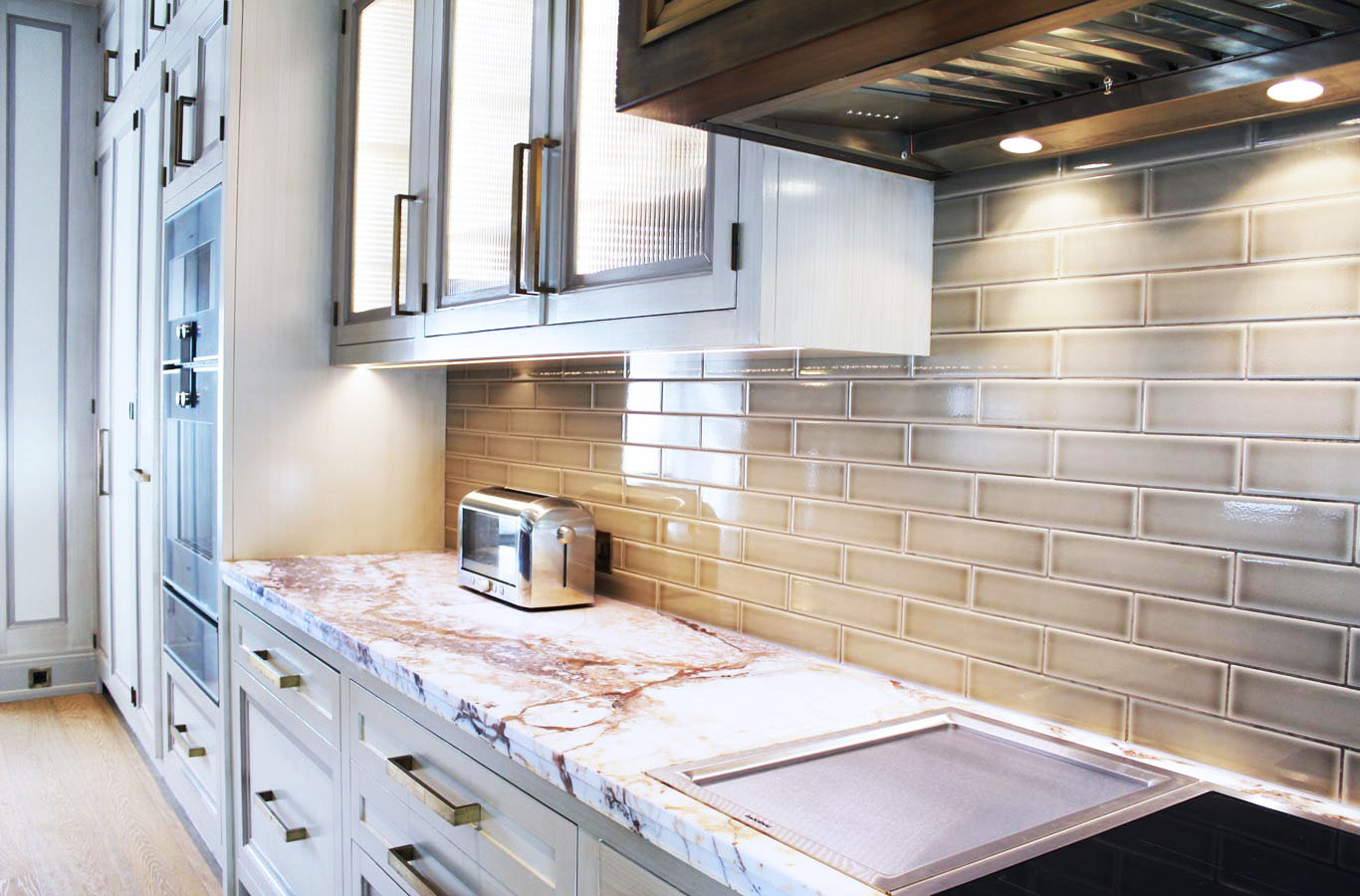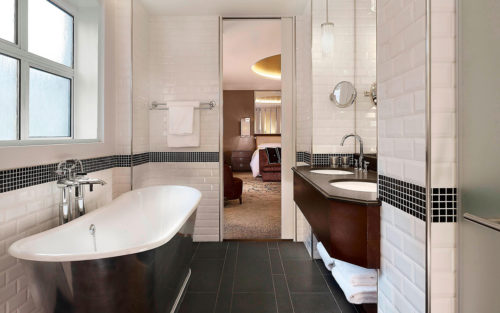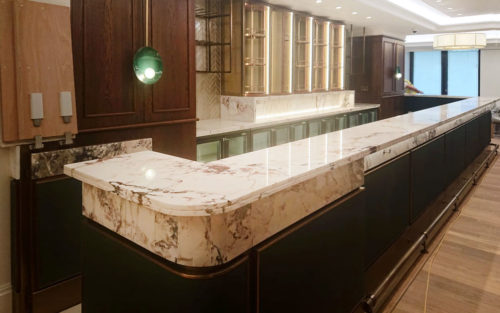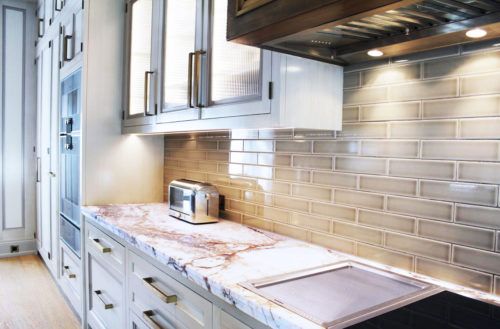When it comes to changing your kitchen worktops, which people do from time to time, there are a lot of options. There are some things to consider, such as how much punishment a worktop surface can take because in a kitchen it is going to get a considerable amount of use. The other main thing to consider is just how good the worktop is going to look, and indeed some people would put this before anything else. After all, you spend a lot of time in the kitchen, and the worktops take up a lot of space, so you want them to look great. They should also be easy to keep clean and wipe off spills with a damp cloth.
One of the many different choices that people are going for today is the use of natural stone for kitchen worktops because stone is a tough material and can look absolutely stunning. Furthermore, natural stone is just that – natural. That means that many stones have unique patterning in them which will depend upon the various other minerals which were present in the earth as the stone formed.
Among natural stones, many people just love the look of marble. A lot of marble is pure white, as it is an igneous rock formed from limestone which was subjected to extreme heat and pressure. But it can come in many colours as well and most will have unique veining in them. There are lots of blues, greys, browns, greens, and russet colours available, and it even comes in black.
If you are going to choose marble worktops in Ruislip, you need to remember that every slab is slightly different from the next, and so you should choose the exact slabs that you want from the stocks that we have at Marble & Granite. Most kitchens will need more than one slab, and may need three or more in a large kitchen, so you need to see how the slabs will come together and where the veining is going to be on the worktop. Every quarry is different, but it is possible to cut marble slabs in two different ways, either vein cut or cross cut, and these will give a different appearance to the slabs.
You can also have your marble worktops in different finishes. The most popular is a polished finish because it has that sheen that you can really only get from a slab of marble. However, you can also have it honed which will give the surface a matte look or you can have it in a leather finish which looks rather like the surface of orange peel.
One of the things to note about marble is that it is a soft stone, and as such an acidic kitchen liquid such as vinegar or lemon juice can leave a dull, whitish mark if it eats slightly into the surface of the stone. This will hardly show on a white marble but will be more noticeable on darker marbles. If you have a honed finish, though, the finish is already dulled, not polished, so again this won’t be noticeable.
There is another thing that you can do with marble, and that is choose from dozens of different possible edge shapes. If you have a 90-degree angle and you drop a heavy cast-iron pan on it, you could very possibly chip it, but this is far less likely to happen with a curved edge. Since marble is a soft stone, it is relatively easy to work it with tools, so you can have pretty much any shape edge that you fancy. It is even possible to engrave the edge of a marble slab with a pattern of your choice.
It is necessary to finish your marble worktops with a sealer because this will help to protect it against stains. Acids can still affect the surface, but if the worktop is honed it is possible to remove an etched mark with a paste and Brillo pad. If it is a polished surface, it will require different abrasives and technical skill, so it is best left to the professionals.
However, when all is said and done, if all else fails you can always sand the marble surface down and polish it again, which you cannot do with many other stones.




